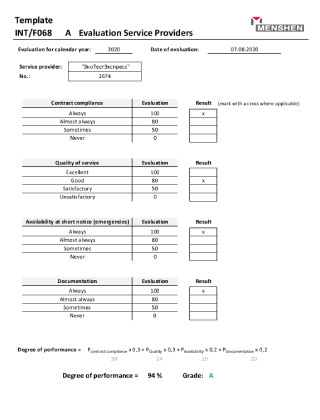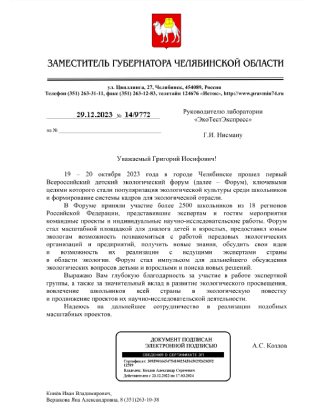- Catastrophic Deluge: 22 Inches of Rain Spark Widespread Evacuations & Critical Local news Coverage.
- The Immediate Impact: Evacuations and Rescue Efforts
- Challenges in Reaching Isolated Communities
- Long-Term Consequences: Economic and Environmental Impacts
- The Role of Infrastructure Investment
- The Importance of Accurate and Timely Information
- The Spread of Misinformation and Disinformation
- Looking Ahead: Preparing for Future Extreme Weather Events
Catastrophic Deluge: 22 Inches of Rain Spark Widespread Evacuations & Critical Local news Coverage.
The recent extreme weather events across the globe highlight the increasing fragility of our infrastructure and preparedness for natural disasters. A particularly devastating situation unfolded over the past 72 hours in the coastal regions of Veridia, where unprecedented rainfall led to widespread flooding, evacuations, and significant disruption of daily life. Timely and accurate information regarding this unfolding crisis is crucial, and a plethora of local news outlets are working tirelessly to keep residents informed. The scale of the deluge, exceeding 22 inches in some areas, has overwhelmed drainage systems and prompted emergency declarations from state and federal authorities.
The Immediate Impact: Evacuations and Rescue Efforts
The initial hours following the torrential downpour were dominated by urgent rescue operations. Emergency services, including the Coast Guard, National Guard, and local fire departments, were deployed to assist residents trapped in their homes and vehicles. Mandatory evacuation orders were issued for low-lying areas, and shelters were established in schools and community centers. The sheer volume of water forced the closure of major roadways and bridges, effectively isolating entire communities. Communication networks were also severely impacted, making it difficult for residents to contact emergency services or receive critical updates.
| Coastal Veridia City | 15,000+ | 27 (minor — moderate) | Roads, Bridges, Power Lines |
| Riverbend County | 8,000+ | 12 (minor) | Homes, Businesses, Water Treatment Plant |
| Northhaven Township | 5,000+ | 5 (minor) | Agricultural Land, Residential Properties |
Challenges in Reaching Isolated Communities
One of the biggest hurdles faced by rescue teams has been accessing isolated communities cut off by floodwaters. The use of high-water vehicles, boats, and even helicopters proved essential in reaching those in need. The lack of cell service in many areas complicated efforts to assess the extent of the damage and locate individuals requiring assistance. Local volunteers played a crucial role in supplementing the efforts of professional emergency responders, providing food, shelter, and support to evacuees. Despite the difficulties, dedicated teams have shown remarkable resilience and determination in their efforts to save lives and provide aid.
The federal emergency management agency (FEMA) has begun mobilizing resources to support the recovery effort, offering financial assistance and deploying specialist teams to help with damage assessments. A key focal point for teams is the restoration of essential services – cleaning up debris from flooded farmlands, rebuilding power grids, and ensuring access to clean drinking water for affected populations.
Long-Term Consequences: Economic and Environmental Impacts
Beyond the immediate humanitarian crisis, the flooding is expected to have significant long-term economic and environmental consequences. Agricultural lands have been inundated with saltwater, posing a threat to crop yields and livestock. Businesses have been forced to close, resulting in job losses and economic hardship. Damage to infrastructure, including roads, bridges, and water treatment facilities, will require extensive repairs and significant financial investment. The environmental impact is also a major concern, with floodwaters carrying pollutants and debris into waterways and potentially contaminating water sources.
- Potential crop losses estimated at $50 million
- Business interruption claims expected to exceed $20 million
- Extensive damage to coastal ecosystems
- Risk of waterborne diseases due to contamination
The Role of Infrastructure Investment
The devastation caused by the flooding has renewed calls for increased investment in infrastructure improvements. Many experts argue that inadequate drainage systems and aging infrastructure contributed to the severity of the impact. Building more resilient infrastructure, including improved levees, flood walls, and drainage systems, is seen as crucial for mitigating the risks associated with future extreme weather events. The geographical vulnerabilities of coastal areas necessitate a proactive approach to risk management and a commitment to long-term sustainability.
Preventative measures such as wetland restoration can also play a significant role to minimize the impact of flooding and improve the ability of coastal areas to withstand weather events. Financial assistance for local authorities and communities is important to implement a plan for infrastructure improvements and renovation.
The Importance of Accurate and Timely Information
In times of crisis, access to accurate and timely information is paramount. Local news organizations play a critical role in keeping the public informed about evacuation orders, shelter locations, road closures, and other essential updates. Social media platforms have also become important channels for disseminating information, but it is crucial to vet sources and avoid spreading misinformation. Reliable news sources provide a vital lifeline for communities affected by disaster, helping residents stay safe and informed.
- Monitor official social media channels of local and national emergency agencies.
- Subscribe to local news alerts and email updates.
- Avoid spreading unverified information.
- Check weather forecasts frequently.
The Spread of Misinformation and Disinformation
During emergencies, the spread of misinformation and disinformation can exacerbate the crisis and hinder rescue efforts. Rumors and false claims can circulate rapidly on social media, causing panic and confusion. It is essential to rely on credible news sources and verify information before sharing it with others. Responsible journalism and media literacy are crucial for combating the spread of false narratives and ensuring that the public has access to accurate information. Local authorities and emergency management agencies actively work to debunk false rumors and provide accurate updates to the public.
A clear chain of command and the establishment of reliable information hubs give emergency responders and community members the most current data to support disaster coordination efforts and prevent misinformation.
Looking Ahead: Preparing for Future Extreme Weather Events
The events in Veridia serve as a stark reminder of the growing threat posed by extreme weather events. As climate change continues to intensify, it is essential to enhance our preparedness for future crises. This includes investing in infrastructure improvements, developing comprehensive emergency management plans, and promoting community resilience. Effective early warning systems, coupled with public education campaigns, can help to minimize the impact of disasters and save lives. A collaborative approach, involving government agencies, private sector organizations, and community groups, is essential for addressing the challenges of a changing climate.
| Infrastructure upgrades (drainage, levees) | $500 million | Reduced flood damage, improved community resilience |
| Early warning system implementation | $50 million | Increased lead time for evacuations, reduced casualties |
| Community education programs | $10 million | Improved public awareness, enhanced preparedness |



















